- 25 Posts
- 391 Comments

 11·1 month ago
11·1 month agoIf they do the object recognition on the cloud there is no way they offer those doorbells without any monthly subscription. My guess is that it is either doing something on the device or is just a dumb camera with an RTSP feed without any AI features.
My guess is the latter, considering the price. And still 20 bucks for this doorbell without a monthly subscription is a good deal. If they build something natively supporting Home Assistant that would be a killer device.
But as a friend used to say, if something is free, you are the product.

 48·1 month ago
48·1 month agoI agree with you, very little information was provided but I presume this is just Tuya or some similar OEM brand and maybe you can install a local control and cut the cloud part of the equation.
At the moment it is pure speculation on my part, but I am sure there are plenty of smart folks out there who would love to tinker with it and maybe find a way to install some custom firmware to cut the stalkware.

 35·1 month ago
35·1 month agoIt would be interesting if it is also compatible with Home Assistant. That could be a really good entry level video doorbell

 1·1 month ago
1·1 month agoThe problem is that I have a couple of services listening on different ports and I want to use the reverse proxy to listen to incoming requests and route the traffic to the corresponding ports. I also want to issue SSL certificates and serve the traffic over TCP port 443.

 1·1 month ago
1·1 month agoYes, I know that, but I just don’t want to remember the port numbers or create some bookmarks.
I think I can create a CNAME record for *.media to point to the Tailscale address of the reverse proxy and then use the reverse proxy with Cloudflare API key to serve SSL certificates from my domain.
I am currently struggling a bit with the setup though.

 3·1 month ago
3·1 month agoI have a registered domain name already, but I am behind CGNAT and I don’t really have a public IP.
I want to allow access to my services remotely only through Tailscale.
I will definitely do that, I just want to finish the whole setup.
I am playing around with Podman Quadlet and that’s one hell of a rabbit hole. I have everything up and running, and now I need to configure the containers, and probably will deal with other pain points, etc.
The good thing is that I have documented the whole process so it is reproducible but it took me quite some time to figure out everything.

 6·1 month ago
6·1 month agoBecause it is beginner friendly and it has a lifetime license I guess and it is not yet enshittified.
Nice, thanks for sharing. How did you solve the file permission issue?
Also I see you put all your services as a single pod quadlet what I am trying to achieve is to have every service as a separate systemd unit file, that I can control separately. In this case you also have a complication with the network setup.
You can actually set your user to linger with
sudo loginctl enable-linger $USERI will test your setup and report back if it works.
By the way what was the reason to switch back to Docker Compose?
There are no logs in journalctl, just when I check the status of the systemd services I see that the container service has crashed and after 5-6 restarts it gave up.
I was thinking of installing the latest podman 5.7.0 and try with it, as there are quite a few updates between that one and 5.4.2 that comes as standard on Rocky.
I can try to upload my container services and network tomorrow and share the link here.
Absolutely plus I love the idea of having them as separate services. I just don’t know how to configure them apparently.
Did you create a separate systemd network for your Quadlets or are you using a bridge or host network?
I don’t know, I tried even with uptime-kuma and Homepage but as soon as I start the service it kills it after 6 unsuccessful restarts. Maybe I will spin up a completely new VM tomorrow and start from scratch.
I think the problem might be with the data directory permissions, even though I have added the subuid and the subgid to my user and enabled the lingering on the user.
But I did so many things so there is a chance it is already quite messed up.

 21·2 months ago
21·2 months agoAs far as I am aware they are also better at video encoding and if you want to use Blender or similar software, yes, it is niche, but a credible consideration. As always, it really depends on the use case.

 102·2 months ago
102·2 months agoEven though I hate Nvidia, they have a couple of advantages:
- CUDA
- Productivity
- Their cards retain higher resale values
So if you need this card for productivity and not only gaming, Nvidia is probably better, if you buy second hand or strictly for gaming, AMD is better.

 63·2 months ago
63·2 months agoCUDA acceleration.

 24·2 months ago
24·2 months agoObsidian with Syncthing running on both your Android and your server for syncing your notes.
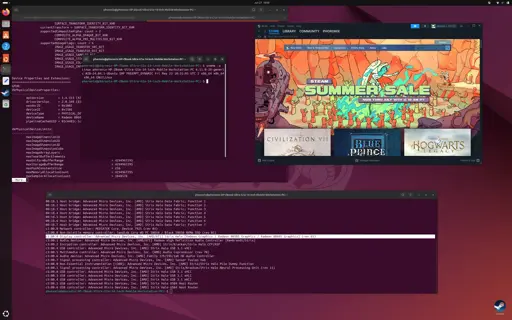
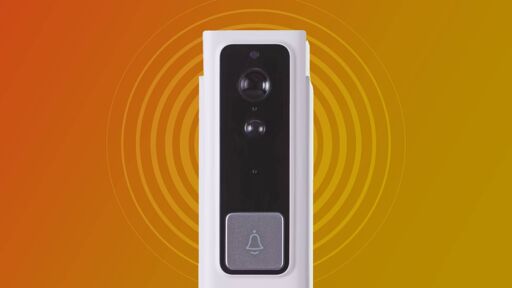
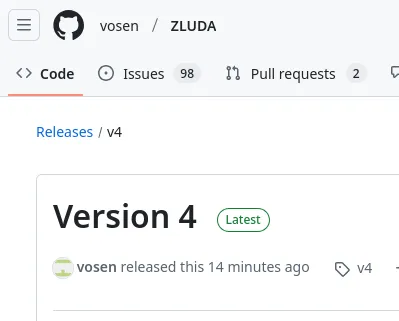
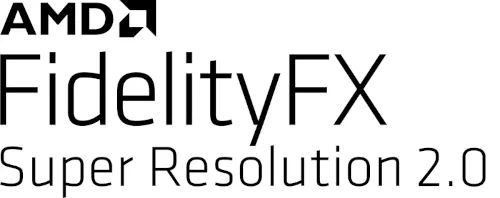


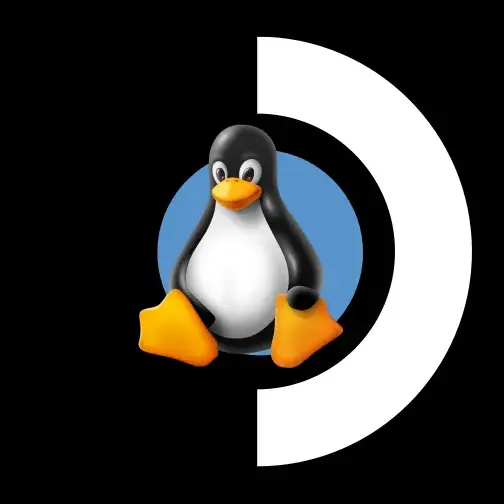





Welcome, glad to be of help.